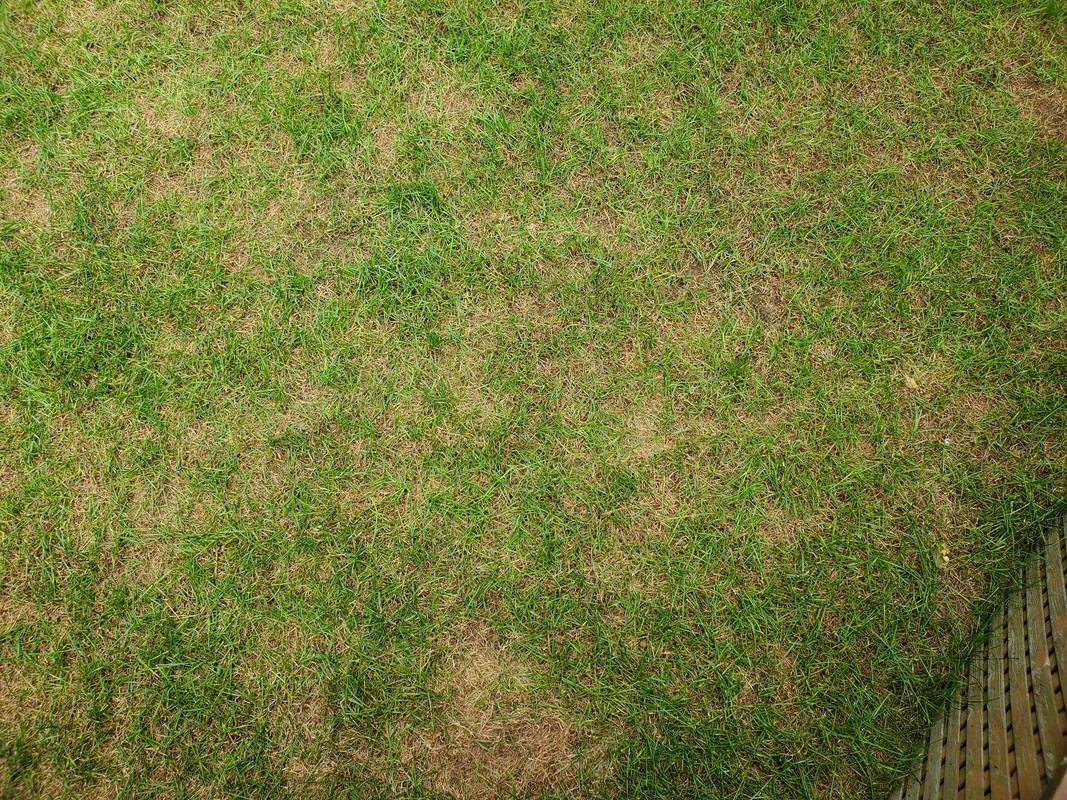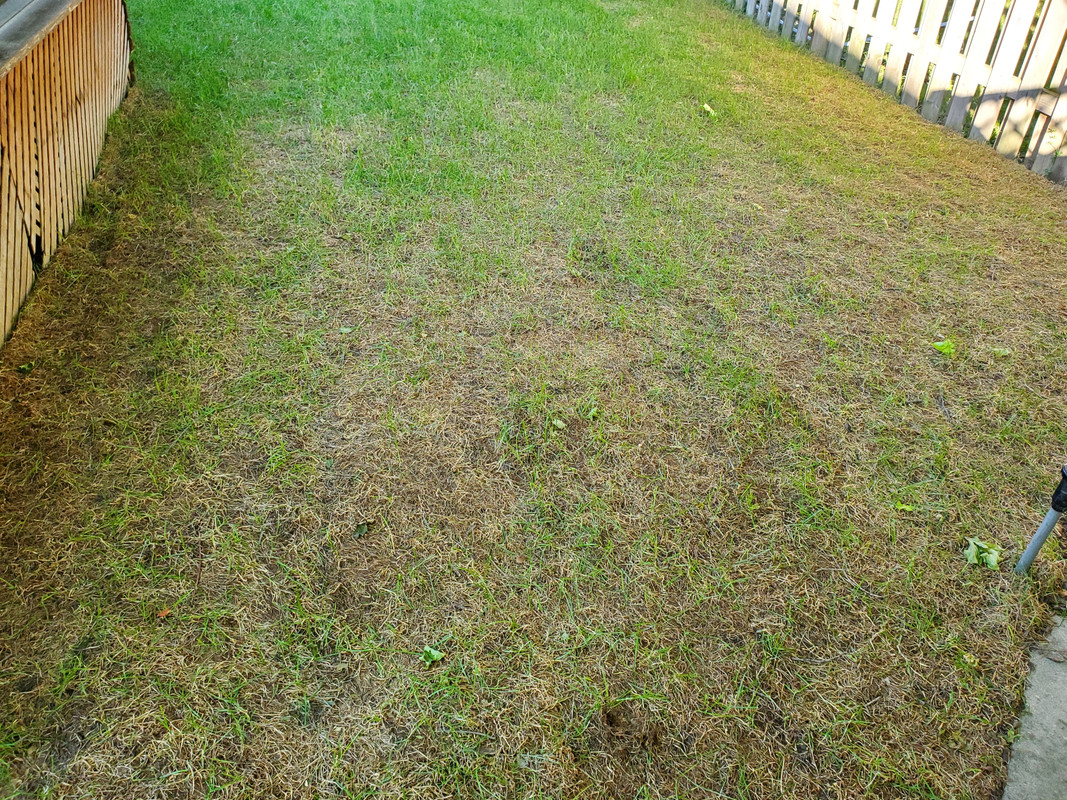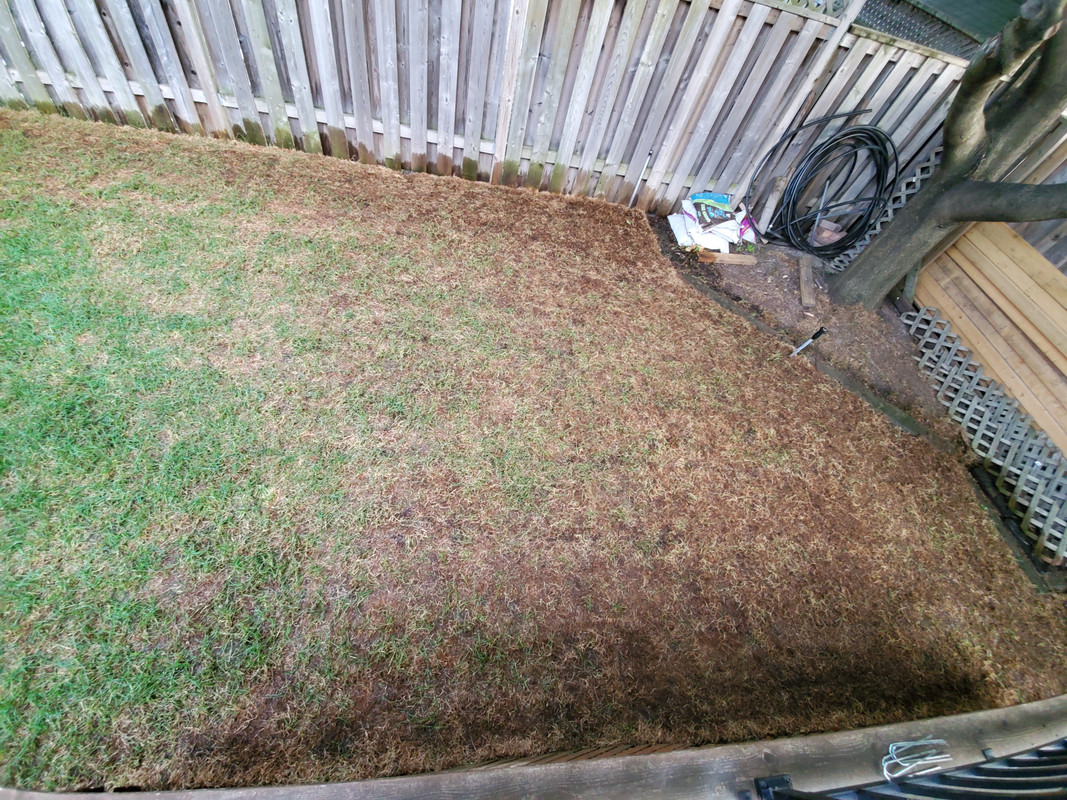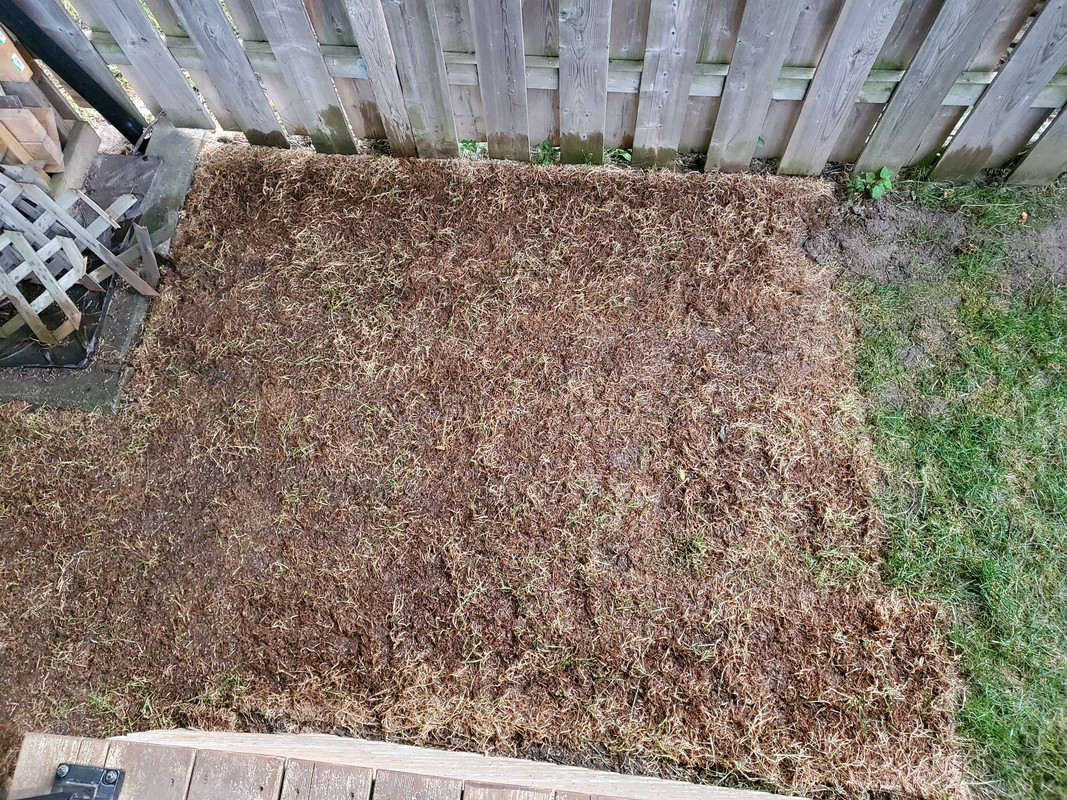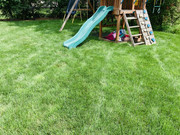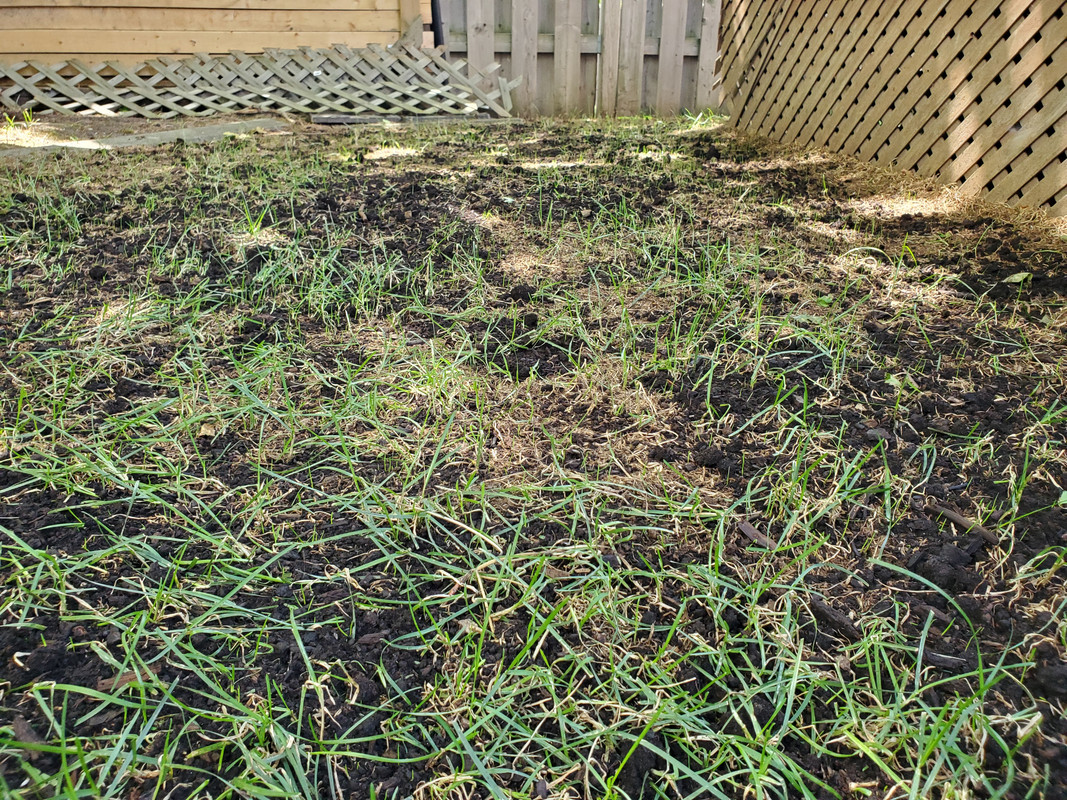I am looking for advice on how to help my lawn recover and thicken up. My goal is for it to look substantially better by the end of this year and to be dense by next spring. My Kentucky Bluegrass lawn (sodded almost 5 weeks ago) went through leaf spot and melting out about 3 weeks after install. I'd estimate that I lost about 50% of the grass.
Am I better off seeding now and again in mid August or do I have enough surviving grass for it to fill in on its own if I do a nitrogen blitz?
The lawn in question is about 800 square feet near Toronto, Ontario. It gets a lot of shade from 2 maple trees and I have young children who play on it so it gets lots of traffic. I plan to irrigate through the summer as required.
I realize it is a little late for spring seeding, but given it is a relatively small area and I can irrigate throughout summer I am willing to seed now and again in mid-late August if seeding is the recommended approach.
The sod farm said they fertilized before harvest so I am planning to fertilize for the first time next week with Scotts starter fertilizer (24-24-4) that I have on hand unless I am convinced it is a bad idea to do so.
If I seed I am not sure what type to use. Should I stick with KBG or mix in perennial ryegrass or a fescue given my use and conditions? Before things went south I wanted to give the pure KBG lawn a chance in the shady area and figured I would overseed in the future with a shade tolerant grass if the KBG doesn't thrive. The only pure KBG seed I have been able to find is a coated seed by Speare Seed sold in 1kg bags, but they don't specify the specific cultivars of KBG. The description they give is "A low growing persistant fine-leafed variety species which produces a blue-green colour".
Any advice on how to proceed or products to use is appreaciated.
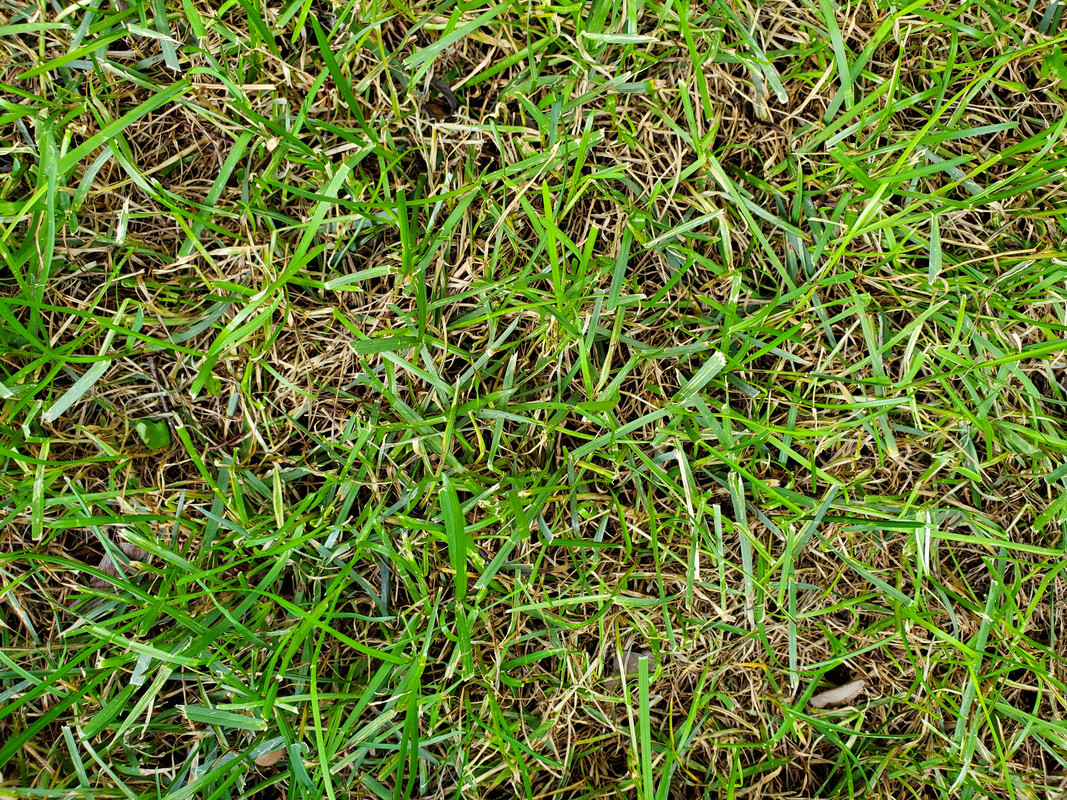
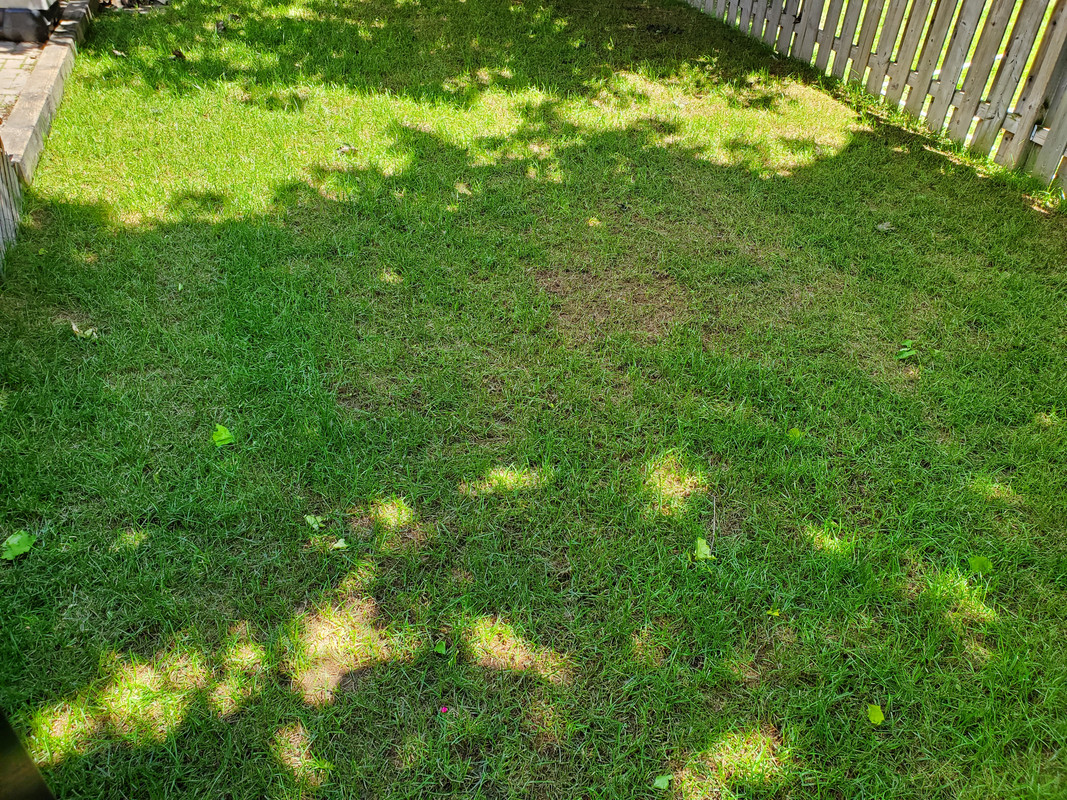
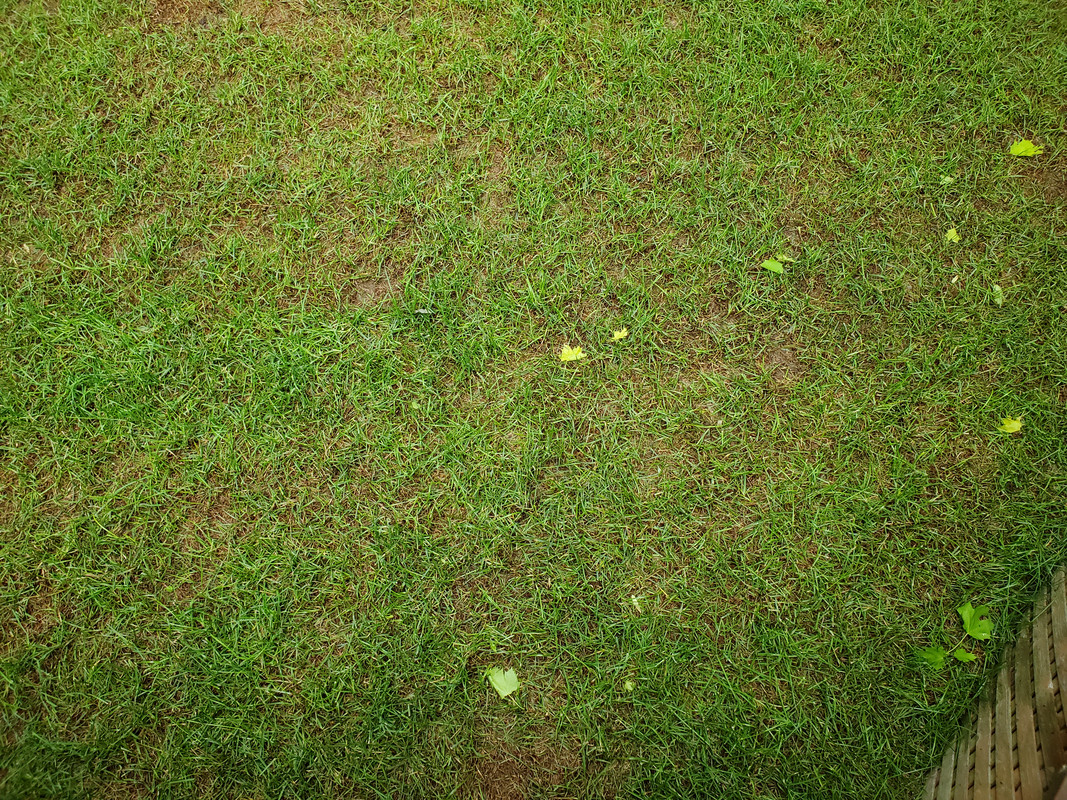
Am I better off seeding now and again in mid August or do I have enough surviving grass for it to fill in on its own if I do a nitrogen blitz?
The lawn in question is about 800 square feet near Toronto, Ontario. It gets a lot of shade from 2 maple trees and I have young children who play on it so it gets lots of traffic. I plan to irrigate through the summer as required.
I realize it is a little late for spring seeding, but given it is a relatively small area and I can irrigate throughout summer I am willing to seed now and again in mid-late August if seeding is the recommended approach.
The sod farm said they fertilized before harvest so I am planning to fertilize for the first time next week with Scotts starter fertilizer (24-24-4) that I have on hand unless I am convinced it is a bad idea to do so.
If I seed I am not sure what type to use. Should I stick with KBG or mix in perennial ryegrass or a fescue given my use and conditions? Before things went south I wanted to give the pure KBG lawn a chance in the shady area and figured I would overseed in the future with a shade tolerant grass if the KBG doesn't thrive. The only pure KBG seed I have been able to find is a coated seed by Speare Seed sold in 1kg bags, but they don't specify the specific cultivars of KBG. The description they give is "A low growing persistant fine-leafed variety species which produces a blue-green colour".
Any advice on how to proceed or products to use is appreaciated.





